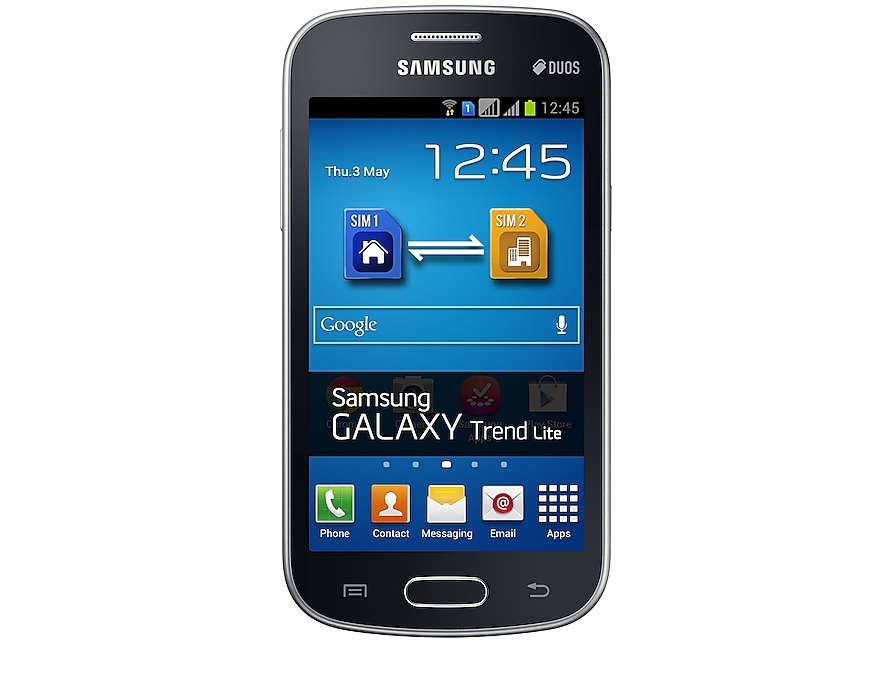Cell phone track on Galaxy Trend LaFleur
Advances in device quality offer new opportunities for research. However, only a few well-established brands are frequently used in research projects, and even less are thoroughly validated. The World Health Organization recommends min of moderate intensity physical activity PA each week for adults and 60 min for children and adolescents [ 1 ]. Low PA is currently the fourth leading risk factor for mortality worldwide [ 3 ]. Even though there is limited evidence that using wearable fitness trackers will improve health [ 4 , 5 ], these devices are still popular, and new fitness devices appear on the consumer market regularly.
In , vendors shipped million devices worldwide, compared with 82 million in [ 6 ]. Fifty-seven percent of these devices were sold by the top five brands: Fitbit, Xiaomi, Apple, Garmin, and Samsung. With a large number of available devices and brands, it is difficult to navigate through an ever-growing list of brands and devices with different capabilities, price, and quality. Available sensors and internal interpreting algorithms determine device output. In addition, limited space affects how long the device can collect data before such a transfer is needed.
Data are stored locally, and in many cases, uploaded to brand specific or open cloud—based health repositories. Accessing these data by third-party apps and comparing them is not always possible. They suggested ways to handle these issues, but they did not make any brand or device recommendations. Several studies have compared activity-tracking wearables. As an example, Kaewkannate and Kim [ 9 ] did a comparison of four popular fitness trackers in They compared devices objectively and subjectively.
- phone spy application for Meizu X8.
- mobile phone tracking program reviews Huawei Nova;
- Samsung Flash FIle - Download Latest Version (Stock ROM or Firmware).
- the best mobile phone locate app Xiaomi Mi 9.
- tool spy on Nokia.
- how to smartphone tracker Meizu 15.
- tracker where a cell phone is Iphone.
Data were thoroughly collected, but because of the rapid release of new devices, these four devices will be among the most popular only for a relatively short time. A comparison of brands is also of interest because brands from larger companies are, compared with small start-ups and crowd funded brands, likely to survive longer.
Kpop 4Minute official embassador for Samsung La’Fleur Collection (video)
In addition, it is of interest to know which brands support the various available programming options. Sanders et al [ 10 ] did a literature review on articles using wearables for health self-monitoring and sedentary behavior and PA detection. They reviewed various aspects of these devices, but they gave no details about device sensor support and suitability in research.
The objective of this study was to examine how the consumer market for wearables has evolved, and analyze and summarize available devices that can measure PA and heart rate HR.
Post navigation
Moreover, we aim to identify brands that are used extensively in research projects, and compare and consider their relevance for future studies. A plethora of devices promises to measure PA in new and improved ways. These devices use different sensors and algorithms to calculate human readable metrics based on sensor output. Traditional step counters use pedometers to detect daily step counts.
Although cheap and energy efficient, pedometers are not as accurate as accelerometers, which is the current standard for collecting PA data [ 11 ]. All modern fitness trackers and smartwatches have an accelerometer. Compared with research tools eg, ActiGraph [ 12 ] , these devices are considered less accurate for some measurements [ 13 , 14 ]. However, they are generally less invasive, cheaper, have more functionality, are more user-friendly, and are increasingly being used in research.
Most accelerometer-based fitness wearables measure acceleration in three directions [ 15 ] and can be used to estimate type of movement, count steps, calculate energy expenditure EE and energy intensity, as well as estimate sleep patterns and more. The validity and reliability of these metrics varies.
Evenson et al [ 14 ] did a review in and found high validity for steps but low validity for EE and sleep. Furthermore, they found reliability for steps, distance, EE, and sleep to be high for some devices. In addition, some wearables have gyroscopes, magnetometers, barometers, and altimeters. A gyroscope can potentially increase device accuracy by measuring gravitational acceleration, that is, orientation and angular velocity, and better estimate which activity type a person is performing [ 16 ]. A magnetometer is a digital compass [ 15 ] and can improve motion tracking accuracy by detecting the orientation of the device relative to magnetic north.
Samsung shows off Galaxy S4 La Fleur edition | Samsung galaxy s4, Samsung, Samsung galaxy
Magnetometers improve accuracy by compensating for gyroscope drift, a problem with gyroscopes where the rotation axis slowly drifts from the actual motion and must be restored regularly. Accelerometers, gyroscopes, and magnetometers are often combined into an inertial measurement unit IMU. Most mobile phones use IMUs to calculate orientation, and an increasing number of fitness wearables include this unit to give more accurate metrics.
Barometers or altimeters detect changes in altitude [ 15 ] and can be used to improve some metrics eg, EE , as well as report additional metrics eg, climbed floors. Photoplethysmography PPG is a relatively new technique in wearables. PPG is an optical technique to estimate HR by monitoring changes in blood volume beneath the skin [ 17 ]. A light-emitting diode projects light onto the skin, which is affected by the HR and reflected back to the sensor. However, movement, ambient light, and tissue compression affect the light, resulting in signal noise, and cleaning algorithms often use accelerometer data to assist HR estimation [ 18 ].
Just another WordPress site
There is some evidence that gyroscopes could be used [ 19 ] to reduce PPG signal noise, so we are likely to see more devices in the future equipped with PPG sensors. To further enrich the PA data collection, some devices have a built in global positioning system GPS receiver.
This is especially true for high-end fitness trackers and sports watches specifically targeting physically active people. With a GPS, it is possible to track more data, including position, speed, and altitude. Raw data from sensors must be converted into readable metrics to be meaningful for the user. Although the physical sensors in these devices are very similar, the algorithms that interpret sensor output are unique for most vendors. These algorithms are often company secrets, and they can be changed without notice. In addition, the quality and supported features of the accompanying mobile apps varies, and the total user experience will therefore differ.
Each additional sensor included in a device can be used to add additional types of metrics for the user or supply internal algorithms with additional data to improve accuracy of already available metric types. However, additional sensors affect price and power consumption.

There are many similarities between different types of devices, and they may be difficult to categorize. We will use the term wearable in this paper as a common term for wrist-worn devices that can track and share PA data with a mobile phone. A smartwatch is a wrist-worn device that, mostly, acts as an extension to a mobile phone and can show notifications and track PA and related metrics.
Modern smartwatches often include a touch screen and can support advanced features and display high resolution activity trends [ 15 ]. Fitness trackers ie, smart band or fitness band , normally worn on the wrist or hip, are devices more dedicated to PA tracking. A fitness tracker is typically cheaper than a smartwatch because of less expensive hardware and often fewer sensors. Due to this, it generally also has better battery life and a limited interface for displaying tracking results [ 15 ].
Other terms are also used, for example, sports watch and GPS watch, which can be considered merges between smartwatches and fitness trackers. In addition, there are hybrid watches ie, hybrid smartwatches that have a traditional clockwork and analogue display that have been fitted with an accelerometer.
An accompanying mobile app is needed to access most data, but daily step counts are often represented as an analogue gauge on the watch face. Wearables come forward as a new alternative to tracking PA in research compared with, eg, ActiGraph , especially when it is desired to collect measurements for a prolonged period of time. In an intervention study, continuous data collecting from wearables would allow researchers to better track changes in PA and adjust the intervention accordingly.
Wearables can also be used in epidemiological research as a tool for tracking PA for an extended period. This could reveal detailed PA changes in a population over time.
In both scenarios, there are several potential important requirements to consider when choosing a device for the study, including usability, battery life, price, accuracy, durability, look and feel, and data access possibilities. We only used publicly available information when comparing devices. We did the search from May 15, to July 1, We identified wearables in two steps.
In step one, we identified and searched the six defined databases. In step two, we extracted all brands from the list of devices identified in step one and examined brand websites for additional devices. We removed duplicates and devices not fitting the inclusion criteria. For each search, we performed a keyword search with no limitations set. We divided our findings into validation and reliability studies and data collection studies.
